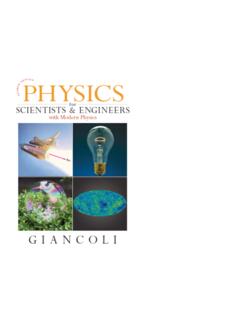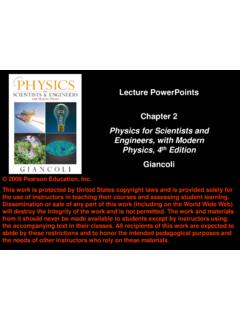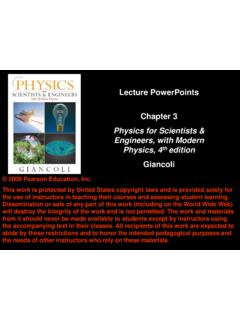Transcription of Physics for Scientists and Engineers with Modern Physics ...
1 16. OA free electron and a free proton are released in iden-tical electric fields. (i)How do the magnitudes of the elec-tric force exerted on the two particles compare? (a) It ismillions of times greater for the electron. (b) It is thou-sands of times greater for the electron. (c) They areequal. (d) It is thousands of times smaller for the elec-tron. (e) It is millions of times smaller for the electron.(f) It is zero for the electron. (g) It is zero for the proton.
2 (ii)Compare the magnitudes of their from the same OAn object with negative charge is placed in a region ofspace where the electric field is directed verticallyupward. What is the direction of the electric force exertedon this charge? (a) It is up. (b) It is down. (c) There is noforce. (d) The force can be in any 23 Electric the differences between linear, surface, and vol-ume charge densities and give examples of when eachwould be life be different if the electron were positivelycharged and the proton were negatively charged?
3 Doesthe choice of signs have any bearing on physical andchemical interactions? two electric dipoles in empty space. Each dipolehas zero net charge. Does an electric force exist betweenthe dipoles; that is, can two objects with zero net chargeexert electric forces on each other? If so, is the force oneof attraction or of repulsion?2= intermediate;3= challenging; = SSM/SG; = ThomsonNOW; = symbolic reasoning; = qualitative reasoningProblemsThe Problems from this chapter may be assigned online in in at go to ThomsonNOW to assess your understanding of this chapter s topicswith additional quizzing and conceptual ,2,3denotes straightforward, intermediate, challenging; denotes full solution available in Student Solutions Manual/StudyGuide ; denotes coached solution with hints available at.
4 Denotes developing symbolic reasoning; denotes asking for qualitative reasoning; denotes computer useful in solving problemSection Properties of Electric Charges1.(a) Find to three significant digits the charge and themass of an ionized hydrogen atom, represented as H .Suggestion:Begin by looking up the mass of a neutral atomon the periodic table of the elements in Appendix C.(b) Find the charge and the mass of Na , a singly ionizedsodium atom. (c) Find the charge and the average massof a chloride ion Cl that joins with the Na to make onemolecule of table salt.
5 (d) Find the charge and the massof Ca Ca2 , a doubly ionized calcium atom. (e) Youcan model the center of an ammonia molecule as an N3 ion. Find its charge and mass. (f) The plasma in a hot starcontains quadruply ionized nitrogen atoms, N4 . Findtheir charge and mass. (g) Find the charge and the massof the nucleus of a nitrogen atom. (h) Find the chargeand the mass of the molecular ion H2O .2.(a) Calculate the number of electrons in a small, electri-cally neutral silver pin that has a mass of g.
6 Silver has47 electrons per atom, and its molar mass is g/mol.(b) Imagine adding electrons to the pin until the negativecharge has the very large value mC. How many elec-trons are added for every 109electrons already present?Section Charging Objects by InductionSection Coulomb s Law3. Nobel laureate Richard Feynman (1918 1988) oncesaid that if two persons stood at arm s length from eachother and each person had 1% more electrons than pro-tons, the force of repulsion between them would beenough to lift a weight equal to that of the entire out an order-of-magnitude calculation to substanti-ate this charged particle Aexerts a force of mN to the righton charged particle Bwhen the particles are mmapart.
7 Particle Bmoves straight away from Ato make thedistance between them mm. What vector force doesit then exert on A?5. (a) Two protons in a molecule are 10 10mapart. Find the electrical force exerted by one proton onthe other. (b) State how the magnitude of this force com-pares with the magnitude of the gravitational forceexerted by one proton on the other. (c) What If?Whatmust be a particle s charge-to-mass ratio if the magnitudeof the gravitational force between two of these particles isequal to the magnitude of electrical force between them?
8 Small silver spheres, each with a mass of g, areseparated by m. Calculate the fraction of the elec-trons in one sphere that must be transferred to the otherto produce an attractive force of 104N (about1 ton) between the spheres. (The number of electronsper atom of silver is 47, and the number of atoms pergram is Avogadro s number divided by the molar mass ofsilver, g/mol.) charged particles are located at the corners of anequilateral triangle as shown in Figure Calculatethe total electric force on the xy++ Figure 7 and Two small beads having positive charges 3qandqarefixed at the opposite ends of a horizontal insulating rod,extending from the origin to the point x shown inFigure , a third small charged bead is free to slideon the rod.
9 At what position is the third bead in equilib-rium? Explain whether it can be in stable equilibrium. are the magnitude and direction of the electric fieldthat balances the weight of (a) an electron and (b) a pro-ton? You may use the data in Table charged particles are at the corners of an equilat-eral triangle as shown in Figure (a) Calculate theelectric field at the position of the charge due tothe and charges. (b) Use your answerto part (a) to determine the force on the Two charged particles are located on the xaxis.
10 Thefirst is a charge Qatx a. The second is an unknowncharge located at x 3a. The net electric field thesecharges produce at the origin has a magnitude of2keQ/a2. Explain how many values are possible for theunknown charge and find the possible charged particles are located on the is at x m, and the other is at x m.(a) Determine the electric field on the yaxis at y m. (b) Calculate the electric force on a placed on the yaxis at y charged particles are at the corners of a square ofsideaas shown in Figure (a) Determine the mag-nitude and direction of the electric field at the location ofchargeq.
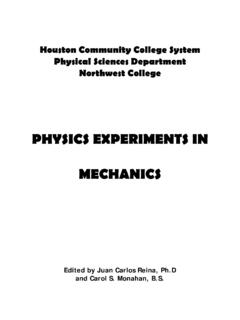
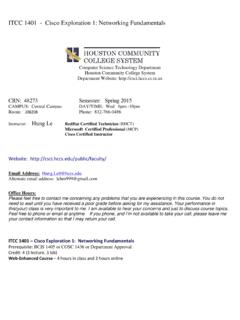
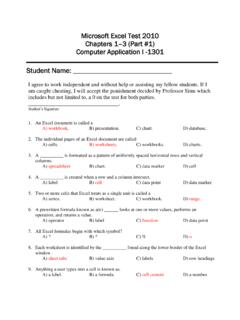
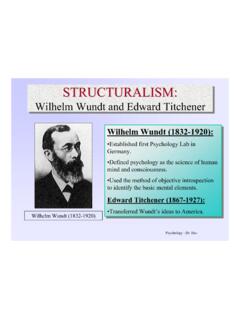
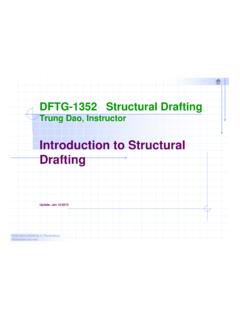

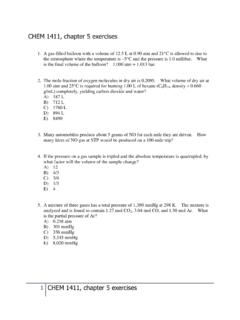
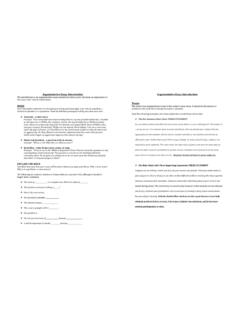

![Modern Physics [Phys207] - Missouri University of Science ...](/cache/preview/3/6/b/5/5/5/a/7/thumb-36b555a703faa2c10b5d9776ce7cbc27.jpg)


